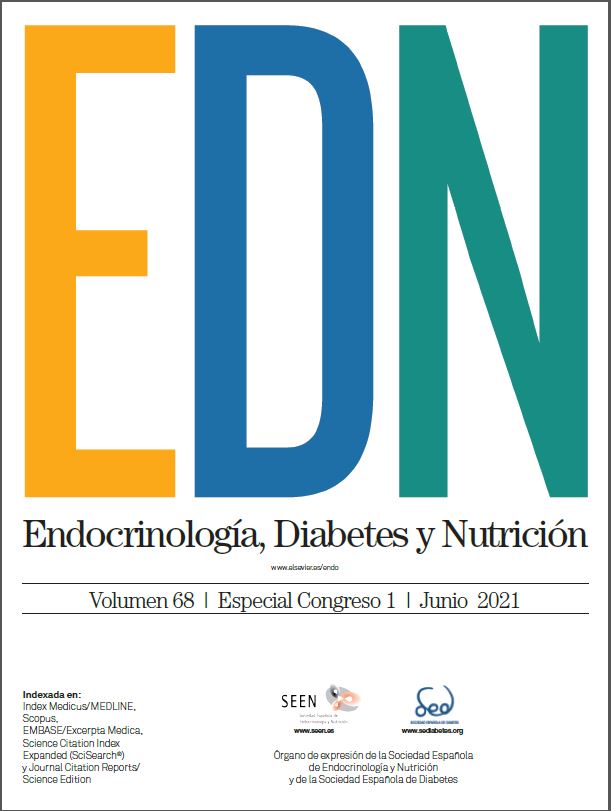CO-045 - Assessment of pancreatic β-cell and brain crosstalk in vivo: Effects of pancreatic hIAPP on transgenic mice brain
Facultad de Farmacia, Universidad Complutense de Madrid.
Introduction: More than a decade ago, T2DM has been considered not only a metabolic disease but also as a protein misfolding disorder, as neurodegenerative disorders such as Alzheimer´s disease or Parkinson´s disease. This is due to the wrong processing of human amylin (hIAPP), which tends to accumulate in the interior of pancreatic β-cells under insulin resistance and hyperinsulinemia status, triggering its destruction and accelerating the onset of T2DM. It has been determined that hIAPP aggregates could be found in other tissues, and there is a particular interest about its contributing deleterious effects in different neurodegenerative diseases. In our laboratory, we have demonstrated the damaging effects of hIAPP aggregates on pancreatic β-cells including mTOR hyperactivation, ER stress, and dysfunction in both autophagy as well as in mitochondrial dynamics. In addition, very recently, we have uncovered a new mechanism in the elimination of these aggregates, through its secretion inside exosomes.
Objectives: The detoxifying mechanism of secreting hIAPP aggregates inside exosomes opens a new communication pathway which could help us to understand the possible crosstalk between T2DM to neurodegenerative diseases progression. Based on the results observed in pancreatic β-cells, we wanted to explore in vivo the possible detrimental effects of hIAPP aggregates on mTOR pathway, autophagy, ER stress and mitochondrial dynamics.
Material and methods: We have used a transgenic mice model of hIAPP (TghIAPP+/-) to observe the possible effects of hIAPP. Both groups of animals (TghIAPP+/- and TghIAPP-/-) were sacrificed and their brains were collected and processed to analyse protein expression of mTOR, autophagy, ER stress, mitochondrial dynamics and mitophagy pathways.
Results: Regarding on the protein expression in TghIAPP mice brain, we have observed that TghIAPP+/- animals display mTORC1 hyperactivation, because of the increased phosphorylation status of its different downstream substrates. ER stress positive markers were also found differentially in animals expressing hIAPP compared with the control group, and it was determined a reduction in the total amount of mitochondrial proteins as well as mitochondrial maturation markers.
Conclusions: We have found that the brains obtained from TghIAPP+/- mice presented similar alterations that those caused by hIAPP aggregates on INS1E hIAPP cells or by hIAPP-bearing exosomes on hippocampal HT-22 cells. These data suggest that there is mTORC1 hyperactivation, ER stress and increased mitochondrial damage and elimination. Although more research is required, we think that these results are promising and indicate the contribution of hIAPP aggregates in the progression to neurodegenerative diseases.







